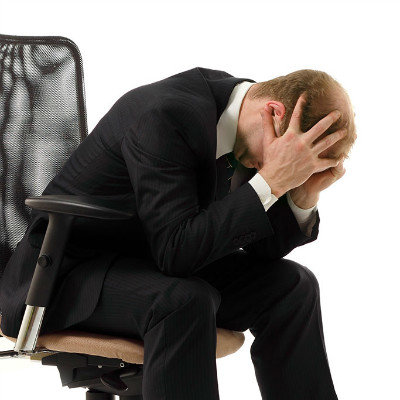What are the symptoms of alopecia areata?
summary
Alopecia areata is an autoimmune disease. Its main symptom is sudden hair loss, which is known as "ghost shaving". Alopecia areata hair off without other symptoms, smooth skin, no swelling or itching and other phenomena, just hair drop. For successful people, suffering from alopecia areata is very harmful to self-esteem, even an ordinary person suffering from alopecia areata will feel particularly embarrassed. There are many reasons for alopecia areata, which may be mental factors or other factors. What are the symptoms of alopecia areata? Let's talk about it
What are the symptoms of alopecia areata?
Alopecia areata can be treated. Generally speaking, alopecia areata can be divided into three stages: the first stage, progressive stage. That is to say, in this period, hair loss begins to appear, and the hair of a certain part will become particularly easy to grasp. Alopecia areata is generally oval or round in shape and size.

The second stage is quiescence. This period is generally three to four months after the progressive period. At this time, the phenomenon of hair loss has been alleviated, and the phenomenon of hair loss will no longer appear, and the hair around alopecia areata will not fall as easily as normal hair, and the symptoms tend to be stable.

The third stage is the recovery period. After alopecia areata is treated or the causes of alopecia areata are removed, the hair will start to grow again and the skin of alopecia areata will be covered with new hair. These are the three stages of alopecia areata. Some patients have a large area of alopecia areata, while others only have alopecia areata on the top of the head.

matters needing attention
Generally speaking, most alopecia areata patients rarely find their own alopecia areata symptoms, because in addition to hair loss, it will not be accompanied by other symptoms. But there are also a small number of people with tinnitus, dizziness and itchy scalp and other symptoms, vary from person to person.














